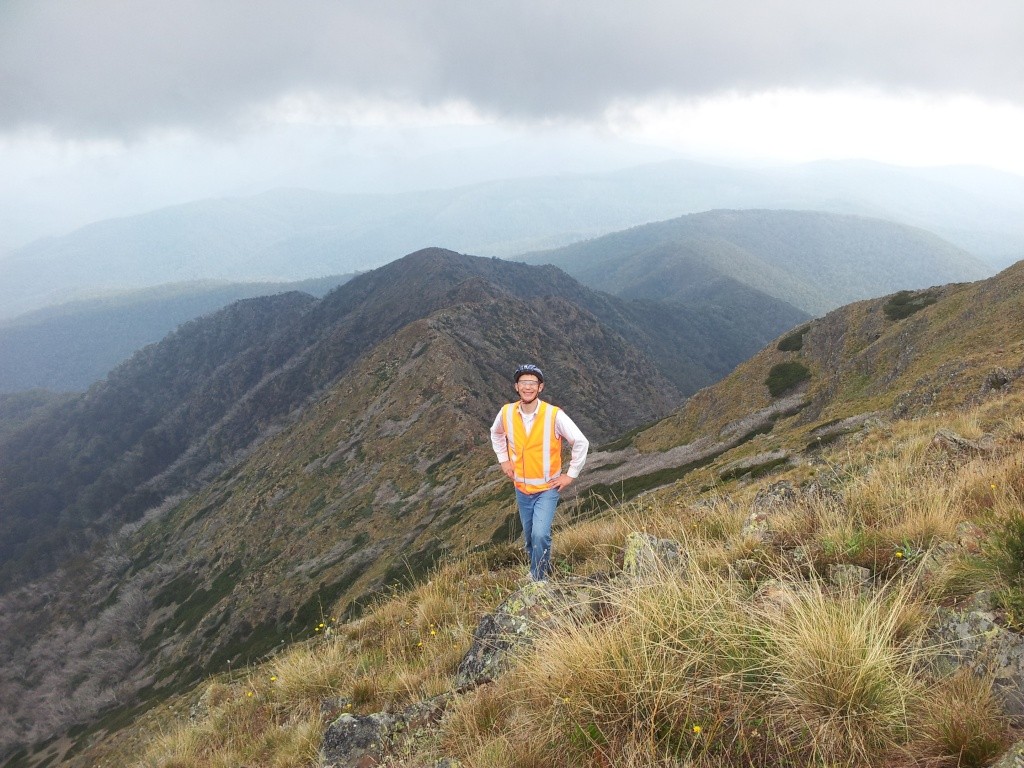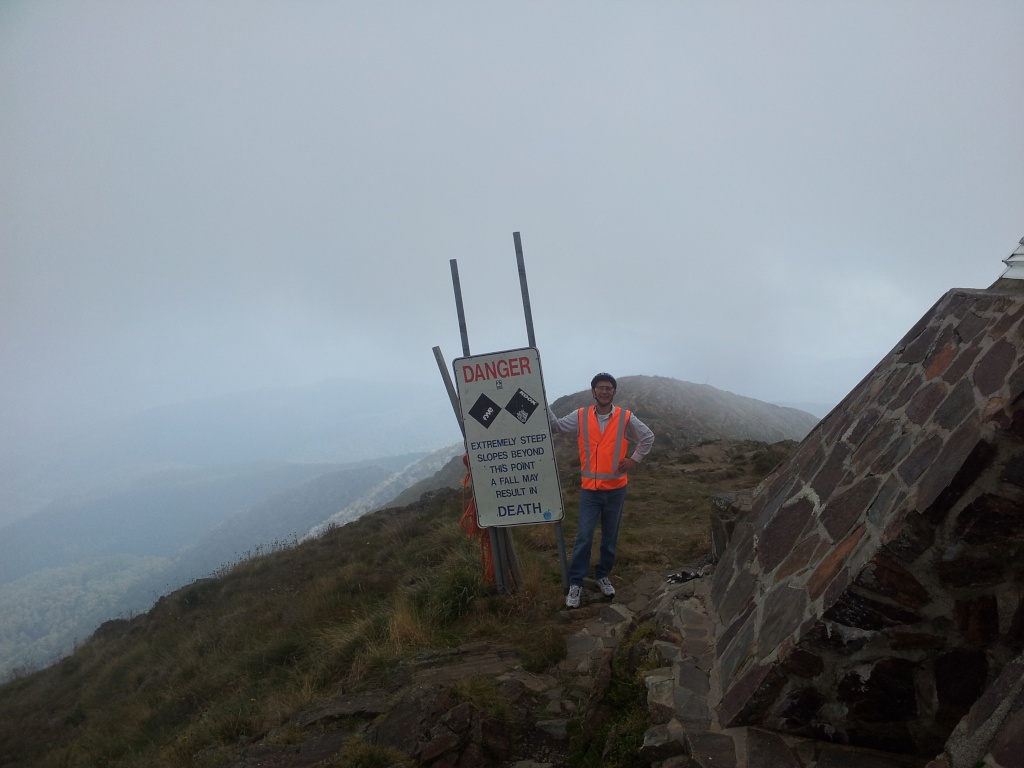I want to do a lot of road travel, as reliable as economically possible. I am drawn to mountain bikes because of their front (at least) suspension and I think heavier duty brakes and frame etc that should hold up better to hitting bumps repeatedly etc.
With these parameters in mind you will need to do a bit of home engineering as well as installing the following components:
mountain bike with front suspension, fitted with a Hayes V9 nine inch front disk rotor and Avid BB7 calipers at both ends of the bike,
Sick Bike Parts shift kit, fitted with either a 4-stroke or 2-stroke engine; both engine types being reliable when set up correctly, but a 2-stroke 69cc engine produces more usable low and mid range torque than the 48cc,
Jaguar CDI,
CR Machine Manufacturing medium compression billet cylinder head,
home made, anti chain suck system that (requires some fabrication skills) is "absolutely" essential from a reliability perspective,
correctly jetted carburettor or an upgraded system using a Rock Solid Engines reed valve intake with Walbro style diaphragm carburettor,
rear wheel gear system "specifically" using an 8 speed cassette with 11-34T or ideally an 11-36T sprocket combination (and most importantly, 8 speed cassette sprocket spacing), coupled to a SRAM X7 Twistshift mechanism mounted on the left hand side,
9 speed chain driving the 8 speed cassette (an important feature to eliminate ghost shifting) and is much more tolerant of derailleur hanger misalignment, should the rear derailler suffer an impact,
high and low range gears operated by the front derailleur (using the Sick Bike Parts optional 24 tooth and 30 tooth sprockets) allowing hill climbing ability up "any" level of incline, no matter how steep it looks,
Sick Bike Parts 9 tooth and 48 tooth sprockets for the jackshaft to bottom bracket gearing ratio,
trailer to carry spare parts and extra fuel as well as food and drink and electronic equipment if on a long trip,
high power front lights, brake light, mirrors and indicators - a lot more important than most people think is necessary,
thorn proof tubes filled with slime puncture sealing compound,
optional Cane Creek Thudbuster suspension seatpost to save your backside from knocks and bumps,
optional cylinder head temperature gauge and
Exhaust
Gas
Temperature gauge to keep an eye on what's going on inside the engine; alerting you to either a potential fuel blockage or air leaks, if the instrumentation starts to show signs that the engine is running lean, thereby preventing heat related engine failure,
optional pull start mechanism and centrifugal clutch mechanism if running a 2-stroke engine.
Once all that is done, you can do this:






and this:
http://www.motoredbikes.com/showthr...e-cartage-capacity-that-amateur-s-can-t-match
.
.
.
.
.








